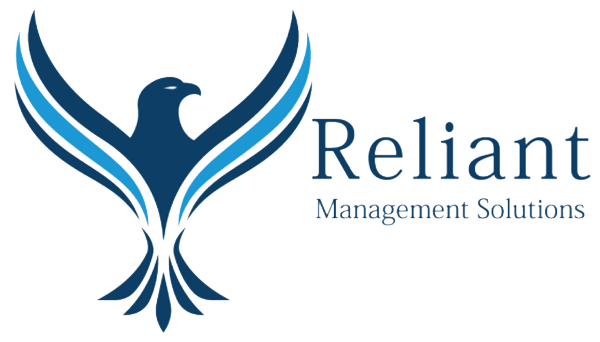If you’re feeling overwhelmed by debt, you’re not alone — but you do have choices. Debt relief can take many forms, from self-guided tools to working with trained professionals. Here’s a breakdown of the most effective options and who they might work best for.
1. Credit Counseling
A credit counselor helps assess your budget, debts, and financial goals. Most nonprofit agencies offer free sessions and may recommend a debt management plan (DMP) if it’s a good fit.
-
Pros:
- Personalized financial advice
- Budgeting support
- Often free or low-cost
- Helps improve financial literacy
Cons:
2. Debt Management Plan (DMP)
Under a DMP, your debts are consolidated into one monthly payment managed by the credit counseling agency. Creditors may reduce interest or waive fees.
-
Pros:
- One simplified payment
- Lower interest rates
- Structured path to becoming debt-free
- You may need to close credit cards
- Takes 3–5 years to complete
- You must stay committed to avoid losing creditor concessions
Cons:
3. Debt Consolidation
This involves using a personal loan or balance transfer credit card to pay off high-interest debt.
-
Pros:
- Streamlines your payments
- Can reduce interest and save money
- Easier to manage one due date
- Requires good credit to qualify for better rates
- Fees and terms may vary
- Risk of falling deeper into debt without budget control
Cons:
4. Debt Settlement
A company (or you, on your own) negotiates with creditors to accept less than the full balance. You stop payments and save up to offer a lump-sum.
-
Pros:
- Potential to reduce debt by 50%
- Faster payoff than some other options
- Major credit score damage
- Creditors might refuse to settle
- High fees and tax consequences
- Risk of lawsuits from creditors
Cons:
5. Bankruptcy
If debt is completely unmanageable, bankruptcy can discharge some or all debts through a legal process.
-
Pros:
- Can stop foreclosure or wage garnishment
- Offers a financial “reset”
- Severe credit damage
- Not all debts are dischargeable
- Legal and filing fees can be costly
Cons:
Choose the Right Path
Before committing to a solution, compare your options carefully. If you’re not sure where to start, talk to a certified credit counselor — often for free.






Recent Comments